About Plant Names
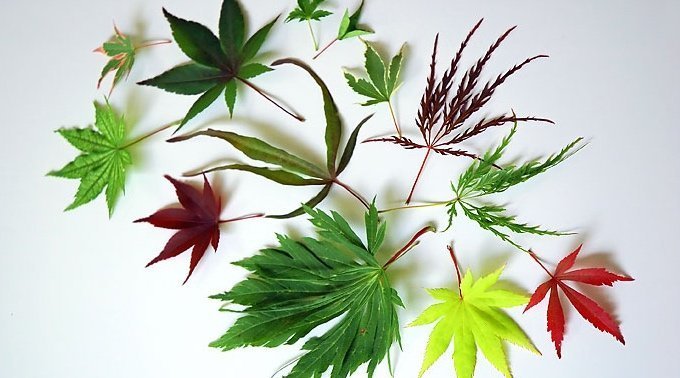
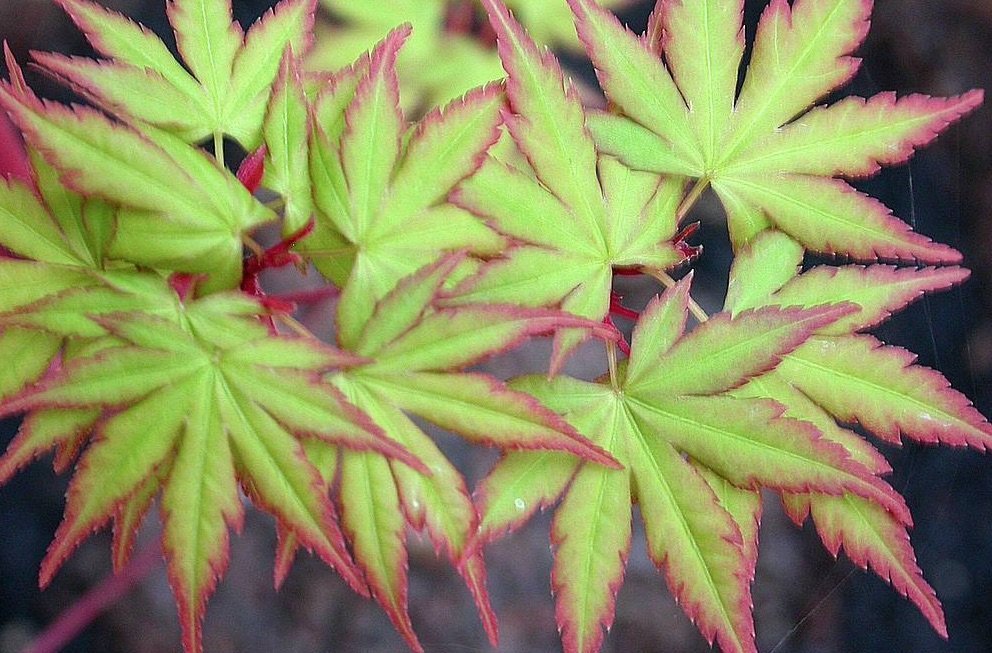
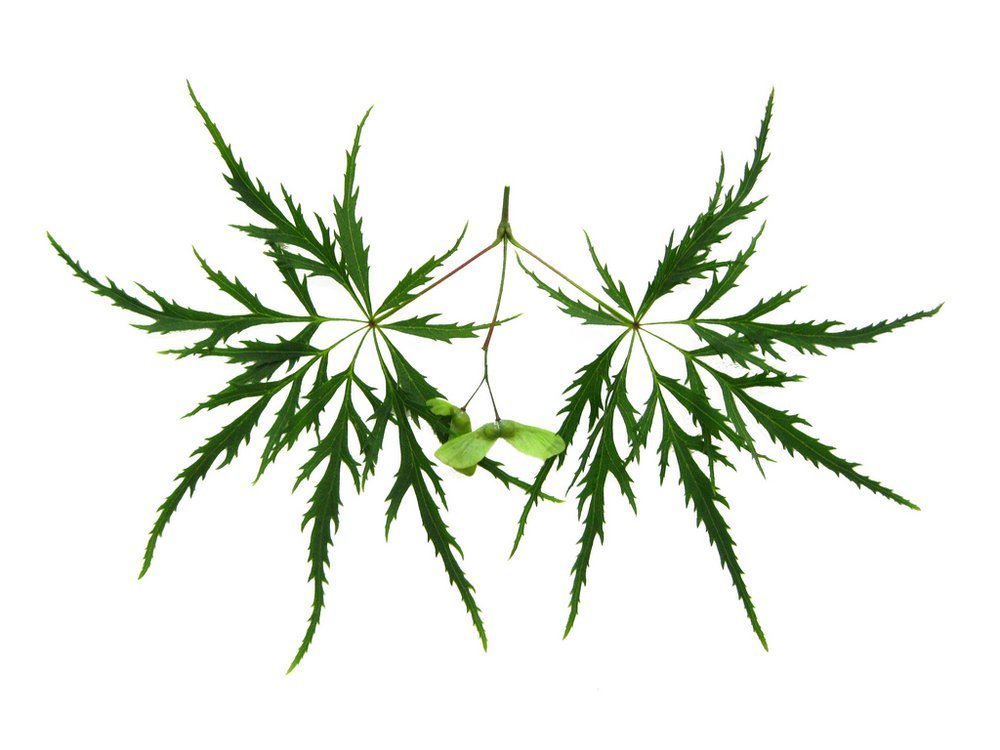
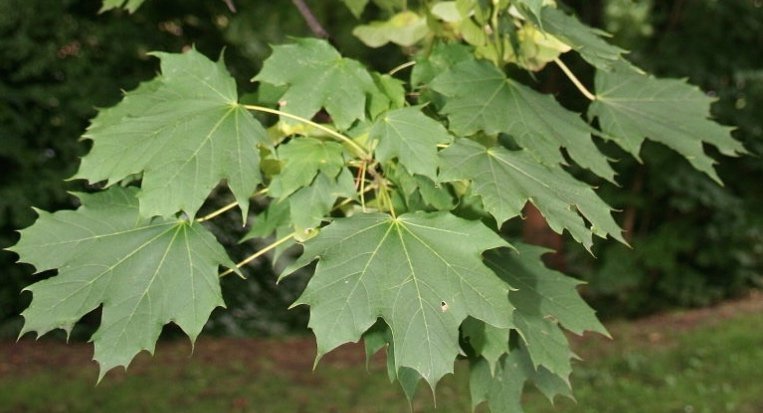
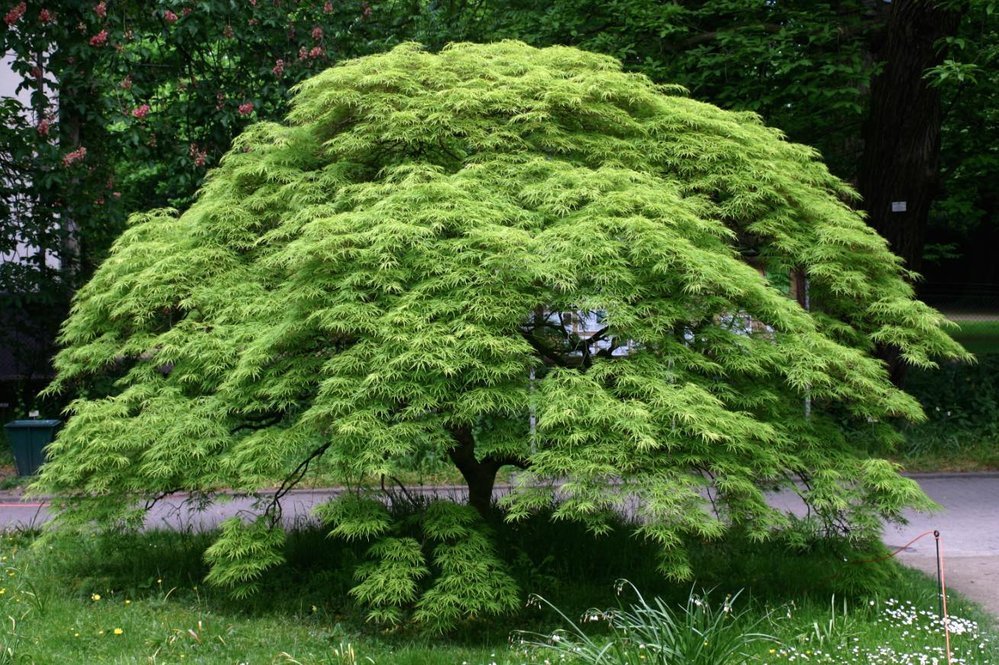
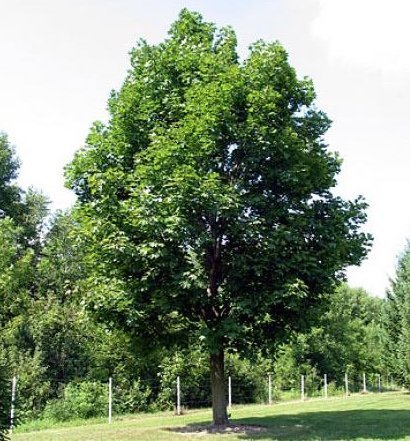

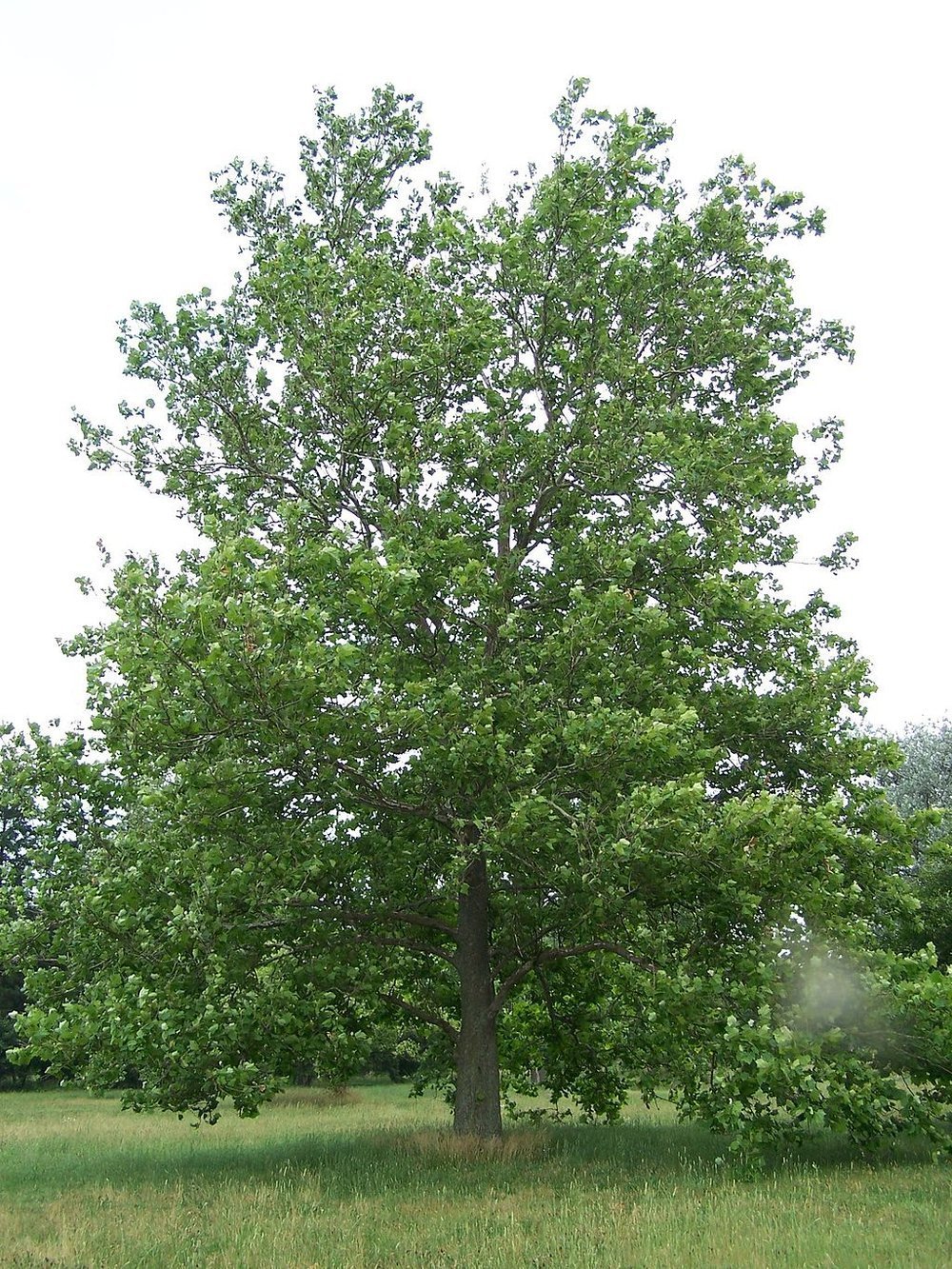
About Plant Names
Plant names are based on an internationally accepted system for naming each distinct plant, both natural and cultivated varieties. Swedish naturalist, Carl Linnaeus developed this system in the 18th century. Linnaeus grouped plants according to their structural similarities such as those having similar flowers, leaves, or fruit. Linnaeus observed a natural order of plants, and categorized them accordingly. The binomial (two name) system of plant nomenclature provides two Latin names corresponding to the “genus” and “species” of each plant. The genus is the larger grouping, e.g., Acer, maple trees. All maple trees fall in this genus, but are further divided into species. When writing the genus and species, the genus is always capitalized while the species is noted in lower case, e.g., Acer palmatum, Japanese maple.
In binomial Latin, the genus is usually a noun, while the species is an adjective that describes the noun, or genus. For instance, the word ‘palmatum’ describes a leaf which is shaped like a hand. Thus, Acer palmatum is a maple “with a leaf shaped like a hand.” Likewise, the word ‘platanoides’ means, “resembling the plane tree.” Thus, Acer platanoides is a maple that resembles the plane tree.
Often a third name is added to indicate a subspecies or variety that is found in nature. An example is the ‘dissectum variety of Japanese maple. The scientific name is Acer palmatum dissectum. The word ‘dissectum’ describes the leaf that is finely dissected. If the subspecies or variety is found naturally, then it is left in lowercase as the third name.
For plants that are cultivated—meaning they are propagated by some form of human interaction to maintain a desirable characteristic, a third name is added with capitalized letters and set off in single quotes. For example, the ‘Emerald Queen’ Norway maple is identified scientifically with the name Acer platanoides ‘Emerald Queen’. This cultivar name often describes a certain characteristic of the plant or may contain the name of the developer or location where it was found or hybridized. Understanding botanical names adds to your knowledge of the plant world and provides a preview of specific plant characteristics—such as how it grows, its size or shape, or even the smell it emits.